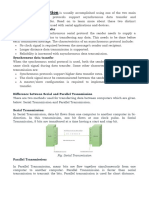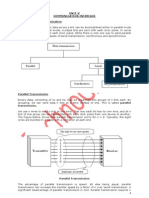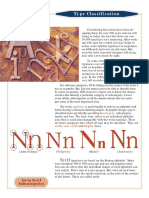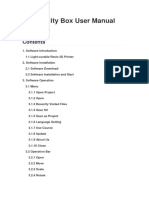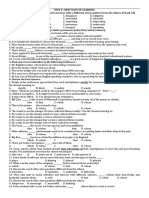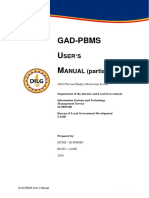0% found this document useful (0 votes)
18 views5 pagesInterfacing Data Transfer Models
The document discusses interfacing data transfer models, focusing on the roles of peripherals and the microprocessor in data communication. It outlines two primary modes of data transfer: parallel and serial, along with their respective advantages and disadvantages. Additionally, it explains synchronous and asynchronous transmission methods, conditions for data transfer control, and the concept of Direct Memory Access (DMA) for efficient data handling.
Uploaded by
Faiyaz Abrar 210041214Copyright
© © All Rights Reserved
We take content rights seriously. If you suspect this is your content, claim it here.
Available Formats
Download as PDF, TXT or read online on Scribd
0% found this document useful (0 votes)
18 views5 pagesInterfacing Data Transfer Models
The document discusses interfacing data transfer models, focusing on the roles of peripherals and the microprocessor in data communication. It outlines two primary modes of data transfer: parallel and serial, along with their respective advantages and disadvantages. Additionally, it explains synchronous and asynchronous transmission methods, conditions for data transfer control, and the concept of Direct Memory Access (DMA) for efficient data handling.
Uploaded by
Faiyaz Abrar 210041214Copyright
© © All Rights Reserved
We take content rights seriously. If you suspect this is your content, claim it here.
Available Formats
Download as PDF, TXT or read online on Scribd
/ 5









